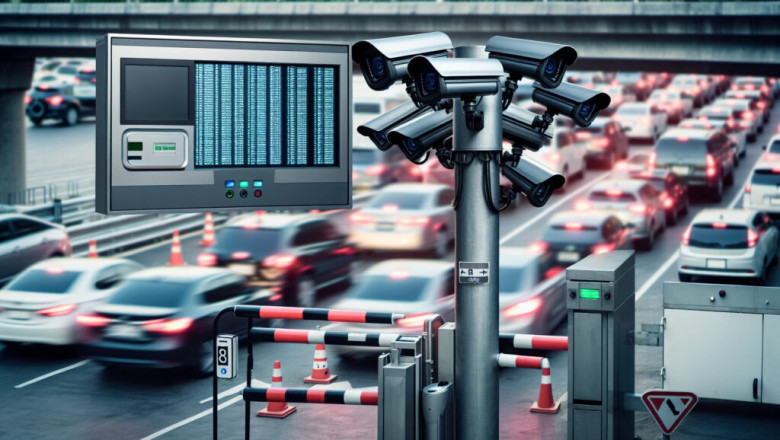views
Choosing between gate access with license plate LPR technology and traditional systems isn’t always easy since each has pros and cons. The right fit depends on your budget and how much convenience and security you want to offer. This article will walk you through both options, comparing what each brings to the table to decide what works best for your property.
Traditional Gate Access Systems
Traditional systems have been the go-to solution for a long time, and most people are familiar with them. You’ve probably used a keypad to enter a PIN or swiped a key fob at a gate reader. In some communities, gatehouses staffed by guards add an extra layer of security, checking IDs or approving visitors in real-time.
Benefits of Traditional Systems
One of the biggest advantages of these systems is their familiarity. Residents know how they work, and there’s comfort in that. Security guards at the gate also provide personal interaction, which makes people feel safe. Having someone physically present can be reassuring, especially if they can handle unexpected situations or emergencies on the spot.
Where Traditional Systems Fall Short
However, traditional systems aren’t perfect. PINs can be forgotten, key fobs lost, or codes shared with unauthorized people. Gatehouses can get busy, especially during rush hours, causing frustrating delays for residents and guests alike. These systems also come with ongoing expenses, including staff salaries, equipment maintenance, and replacement costs, which can accumulate over time. Also, while traditional gate access provides security, it can sometimes feel outdated and cumbersome.
How Does LPR Technology Work?
LPR gate access takes a modern, automated approach to managing entry. Instead of relying on codes or cards, this system uses cameras to scan license plates. When a vehicle approaches the gate, the camera captures the plate number and matches it against a list of approved vehicles. If the system recognizes the plate, the gate opens automatically. If not, it sends an alert to security or management for further review.
Why LPR Stands Out
The best part about gate access with license plate LPR is how smooth it makes the process. Residents don’t have to roll down their windows, swipe a card, or remember a PIN, the gate just opens. This reduces wait times and eliminates bottlenecks, even during peak hours. LPR also adds an extra layer of security by tracking every vehicle entering or leaving the property, providing detailed logs and real-time alerts for suspicious activity.
Beyond convenience, LPR systems can help communities save money in the long run. While the upfront investment might seem high because cameras, software, and installation are expensive, the reduced need for security staff and fewer maintenance costs make them cost-effective over time.
What to Consider with LPR
That said, adopting new technology always comes with challenges. Some residents might feel uneasy about their license plates being tracked, even if it’s only for security purposes. Transparency is key; explaining how the system works and why it’s in place can help ease those concerns. Additionally, the initial setup can be expensive, so it’s important to ensure the budget can cover the investment.
Which One Is Right for Your Property?
The decision between traditional systems and LPR gate access depends on what your community values most. If familiarity and personal interaction are important, a traditional system might be better. Having guards at the gate provides an immediate presence that some residents find comforting. However, it’s worth considering this approach's potential delays and ongoing costs.
On the flip side, gate access with license plate LPR is perfect for communities that want a faster, more efficient entry system and are ready to embrace technology. The automated entry reduces wait times, and the real-time monitoring provides enhanced security. While the upfront investment is higher, the long-term savings and smooth experience make it an attractive option for many properties.






















Comments
0 comment